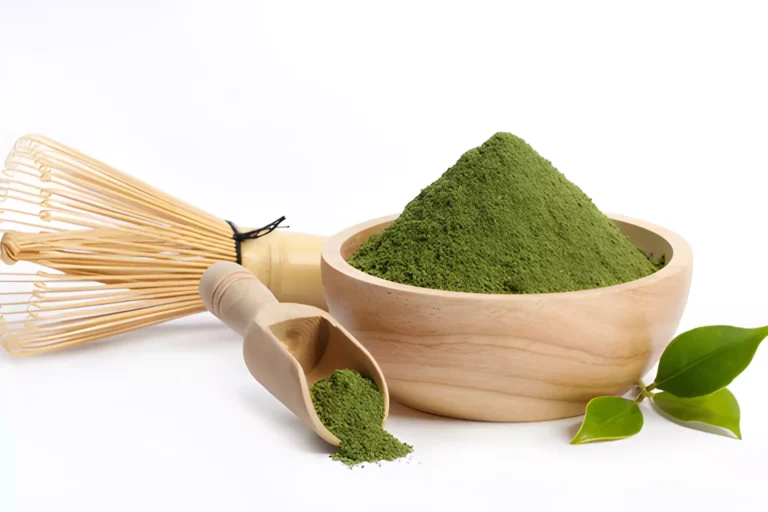Black vs White Sesame Seeds: Which One Should You Choose?
Sesame seeds are tiny, edible seeds that come from the sesame plant (Sesamum indicum). They are one of the oldest cultivated crops in the world and have been used for thousands of years in various cuisines, especially in Asia and the Middle East. Sesame seeds have a nutty, slightly sweet flavor and a crunchy texture. They can be eaten raw, roasted, toasted, or ground into a paste called tahini.
Sesame seeds come in different colors, such as white, black, brown, red, and yellow. The most common ones are white and black sesame seeds. But what are the differences between them? In this article, we will compare black and white sesame seeds in terms of their nutrition, health benefits, taste, appearance, and uses.
Black vs White Sesame Seeds Nutrition
Both black and white sesame seeds are rich in nutrients, such as protein, fiber, healthy fats, minerals, and antioxidants. But, there are some slight differences in their nutritional profiles. According to the USDA National Nutrient Database, one tablespoon (9 grams) of whole sesame seeds (either black or white) provides the following nutrients:
- Calories: 52
- Protein: 1.6 grams
- Fat: 4.5 grams
- Carbohydrates: 2.1 grams
- Fiber: 1.1 grams
- Calcium: 88 milligrams
- Iron: 1.3 milligrams
- Magnesium: 32 milligrams
- Phosphorus: 58 milligrams
- Zinc: 0.7 milligrams
- Copper: 0.2 milligram
- Manganese: 0.2 milligrams
- Selenium: 1.2 micrograms
But, black sesame seeds have more calcium and iron as compared to white sesame seeds. This is because black sesame seeds keep their hulls while white sesame seeds are hulled. The hulls contain most of the calcium and iron in sesame seeds. Thus, one tablespoon of black sesame seeds provides about 102 milligrams of calcium and 1.8 milligrams of iron, while one tablespoon of white sesame seeds provides about 74 milligrams of calcium and 1.2 milligrams of iron.
On the other hand, white sesame seeds have slightly more copper and selenium than black sesame seeds. This is because the hulls also contain some anti-nutrients, such as phytates and oxalates, that can reduce the absorption of some minerals in the body. Therefore, one tablespoon of white sesame seeds provides about 0.3 milligrams of copper and 1.5 micrograms of selenium, while one tablespoon of black sesame seeds provides about 0.2 milligrams of copper and 1.1 micrograms of selenium.
Black vs White Sesame Seeds Benefits
Both black and white sesame seeds have many health benefits, thanks to their high content of nutrients and antioxidants. Some of the health benefits of sesame seeds include:
- Supporting bone health: Sesame seeds are a good source of calcium, which is essential for bone health and preventing osteoporosis. They also contain magnesium, phosphorus, zinc, and manganese, which are involved in bone formation and maintenance.
- Improving blood pressure: Sesame seeds have a blood pressure-lowering effect due to their high content of magnesium, which helps relax blood vessels and regulate blood pressure. They also contain lignans, which are phytoestrogens that can modulate hormone levels and blood pressure.
- Lowering cholesterol: Sesame seeds can help lower cholesterol levels by reducing the absorption of cholesterol in the intestines and increasing the excretion of bile acids. They also contain phytosterols, which are plant compounds that can block cholesterol absorption in the body.
- Enhancing immune system: Sesame seeds can boost the immune system by providing zinc, copper, selenium, and vitamin E, which are important for immune function and antioxidant defense. They also contain sesamin and sesamolin, which are lignans that have anti-inflammatory and antibacterial properties.
- Promoting skin health: Sesame seeds can improve skin health by providing healthy fats that moisturize the skin and prevent dryness. They also contain vitamin E and antioxidants that protect the skin from oxidative damage and aging signs.
- Supporting digestive health: Sesame seeds can aid digestion by providing fiber that helps regulate bowel movements and prevent constipation. They also contain lignans that can modulate gut microbiota and prevent intestinal inflammation.
Taste
Both black and white sesame seeds have a nutty, slightly sweet flavor, but black sesame seeds have a more intense and earthy taste than white sesame seeds. This is because black sesame seeds retain their hulls, which add more depth and complexity to their flavor. White sesame seeds have a milder and smoother taste than black sesame seeds, as their hulls are removed, which also makes them less bitter.
Appearance
Black and white sesame seeds have different appearances, as their names suggest. Black sesame seeds are dark brown or black in color, while white sesame seeds are ivory or beige in color. Black sesame seeds are also slightly smaller and more oval-shaped than white sesame seeds, which are more round and flaflat
Uses
Both black and white sesame seeds can be used in various ways in cooking and baking. They can be sprinkled on salads, soups, stir-fries, noodles, rice, bread, cookies, cakes, and more. They can also be roasted, toasted, or ground into a paste called tahini, which is used to make hummus, baba ganoush, halva, and other dishes. They can also be pressed into oil, which is used for frying, dressing, or drizzling.
However, black and white sesame seeds have different uses depending on the cuisine and the dish. Generally speaking, black sesame seeds are more common in Asian cuisines, especially in Chinese, Japanese, Korean, and Indian cuisines. They are often used to add contrast and color to dishes, such as sushi, dim sum, mochi, sesame balls, black sesame soup, black sesame ice cream, and more. They are also used to make black tahini, which has a richer and darker flavor than regular tahini.
White sesame seeds are more common in Middle Eastern, Mediterranean, and Western cuisines. They are often used to add crunch and texture to dishes, such as falafel, tabbouleh, shawarma, tahini sauce, sesame chicken, hamburger buns, bagels, and more. They are also used to make regular tahini, which has a lighter and creamier flavor than black tahini.
FAQ’s
Conclusion
Black and white sesame seeds are both nutritious and delicious seeds that can enhance your health and your dishes. They have some slight differences in their nutrition, health benefits, taste, appearance, and uses. However, they are both versatile and can be enjoyed in many ways. Whether you choose black or white sesame seeds depends on your personal preference and the recipe you are following. You can also mix them together to get the best of both worlds




